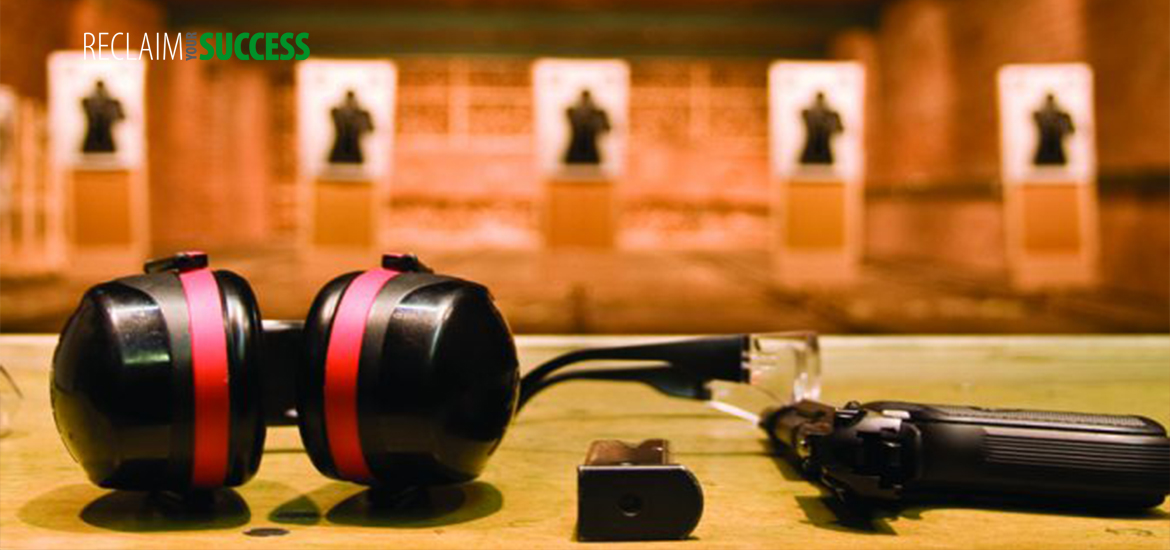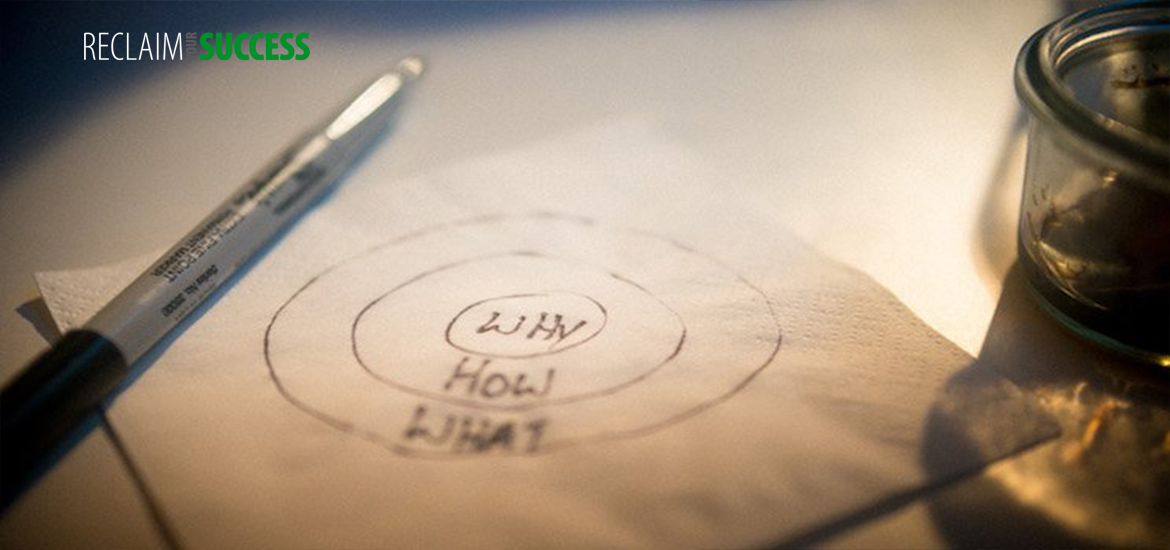What Everyone Needs to Know About Gun Safety, Even if You Don’t Own One
Author – Kathryn Loving
There are no do-overs once you fire a weapon. It’s the honest truth, which is why any responsible gun owner will stress the importance of safety first. You must be aware of your target and what’s beyond, and be prepared for whatever consequences may ensue. It is your responsibility when you make the choice to pull the trigger.
Even if you don’t own or ever intend to own a firearm, gun safety is a topic that we should not be shy to discuss.
Why do we need to talk about Gun Safety?
The conversation surrounding firearms and gun ownership tends to be a polarized one. I think one way, you think another, and some are genuinely terrified of the devices. We all fear what we don’t know, which is why we need to talk about it
Whether we’re weighing in on a trivial matter like ice cream flavors, or a more serious topic such as weaponry, we bring our beliefs and background to the conversation. We can’t help it. I’ll be honest, I know that I have a heavily biased perspective about gun usage because of how I was raised.
I grew up in a state with a strong gun culture. My first firearm was a .22 rifle and given to me at the ripe age of 8 years old. I had gone shooting prior to that with my dad and our ranch foreman, but at 8 my dad gave me my own long gun. Many more came after that, and it probably had something to do with my dad’s love and appreciation for them.
In a conversation about a case with my local District Attorney, I described living in the rural setting of the “wild west” in the 70s and 80s. Many of our practices then would make people shudder today. We had a gun cabinet which was never locked and no gun safe, and rifles were propped up in various rooms so that they were easy to get to in case a wild predatory animal approached us.
My parents, my little brother, and I didn’t have any tragic gun accidents because we respected the devices. We were taught how to handle them safely and knew they were not toys. My family was one among several ranchers who lived comfortably like this.
When you are raised with guns, they become a part of your culture, norms, and belief system. You may never want to own one, let alone handle one. And that’s OKAY. I support your choice. If you aren’t comfortable with them, I don’t want you to have one either. I hope everyone supports my choice to the contrary as well.
As I said, gun safety is a conversation for everyone, even if you refuse to own, use, or handle firearms. Being uniformed should never be an option that we settle for.
What do you need to know about gun safety?
I challenge you with reading beyond your comfort zone to learn more. Just look over the information I’m providing, and if you’re interested, do more research. I’m not pressuring you to believe one way or another. I am inviting you, however, to be open to education.
There are several widely agreed upon and very strict firearm safety rules.
1. All firearms are loaded. How do I know that? I don’t. I just treat them as if they were. Don’t take a chance by assuming it is unloaded without first visually and physically checking it yourself. Additionally, you should NEVER hand someone a loaded weapon unless you are in some serious combat fire.
2. NEVER point a firearm at a person. My dad taught me this when I was a kid. He pounded it in my head at a young age, and it’s been stuck there ever since. Of course in my profession as a police officer, this changed because of life and death matters involving self-defense and protecting others.
3. Index, index, index! Firearms do not spontaneously go “bang” by themselves. Something has to depress the trigger. Keep your index finger off of the trigger until you are sure of your target and ready to fire.
This has to be one of law enforcement’s biggest pet peeves. I think I still suffer irreparable damage from observing a peer clearing a building with me, and noticing mid-way through the search that their finger was on the trigger while also sweeping me with their muzzle. Just writing about it gives me anxiety.
4. Know your target and beyond. Period. It’s so important, I’ve addressed it twice. Bullets often penetrate (go completely through) their intended targets. It is your responsibility to know the capabilities of your firearm, along with speed and distance of trajectory and ricochets.
5. Always point the gun in a safe direction. What is safe? A safe direction is circumstantial, and the muzzle should always be away from innocent persons, animals, and property. Exceptions to this include an animal during a proper hunt or in defense of people or other property.
A firearm should never be aimed at a person unless you intend to defend yourself or others. Remember the other rule and assume it’s always loaded, even if you know it’s not. Police officers will often recite, “A safe weapon is a holstered weapon. Don’t take it out unless you plan to use it.” When you’re practicing, using them for sport, during transportation, and cleaning and care, safety should ALWAYS be first and foremost
6. Keep your ears and eyes on. Eh? What did you say? Yes, that is right, guns are loud. Actually it’s the speed of the bullet, not the actual gun, creating the noise. It’s like a miniature sonic boom, and you will have hearing problems if you don’t protect your ears. Believe me, some of the old school guys I used to work with didn’t use hearing protection and now suffer great hearing loss.
Equally important is covering your eyes to avoid shrapnel from lodging in those pretty blues. How do I know this? From experience, when one time I didn’t pay attention to the rules out of haste. What happened? I needed surgery, and I am lucky I did not lose my vision. That’s why you may see signs that stress ear and eye protection like these (pictured) at most gun ranges.
7. Firearm maintenance is a must. Keep your firearm clean and operational. I think my LEO (law enforcement officer) peers might be surprised I put this on the list. There were times I showed up for uniform inspections with hay or dust bunnies in my weapon. I lived in the country with farm animals.
What could I say? Using Glock’s tried and true reputation of shooting while filthy did not settle well with my sergeant. The dust bunnies were no excuse. That was on me, and there are never any excuses. A dirty firearm can jam, or worse yet, fire when you don’t want it to. It is critical to have a properly cleaned, safely operating firearm at all times.
8. Safely store your firearms. The place and method of your secure gun storage is a personal preference and your full-time responsibility. Keep them inaccessible to children, people not authorized to use them, and bad guys. Mine are housed in a 750 pound safe. I would not recommend having them out in plain sight the way my family did on the ranch. Those were different times, and the news today is riddled with tragic stories that stem from irresponsible owners and unsafe firearm storage practices.
I was raised to value firearms safety, and I’ve instilled the same gun culture with my daughter. She is extremely respectful of firearms, follows my strict gun safety rules, and is a very good shot with a shotgun. I’m pretty sure there isn’t a live clay pigeon around when she goes trap shooting.
Educate yourself and if you have children, include them. It is paramount if you engage in using firearms for profession or sport that you know, understand, and practice the safe handling procedures of that firearm. Even if you are not around them, I encourage you to educate yourself and your family about the rules and the risks. Every person should respect them and avoid any and all negligent incidents. Knowledge is really is power, not a firearm. It’s just a mechanical device.







